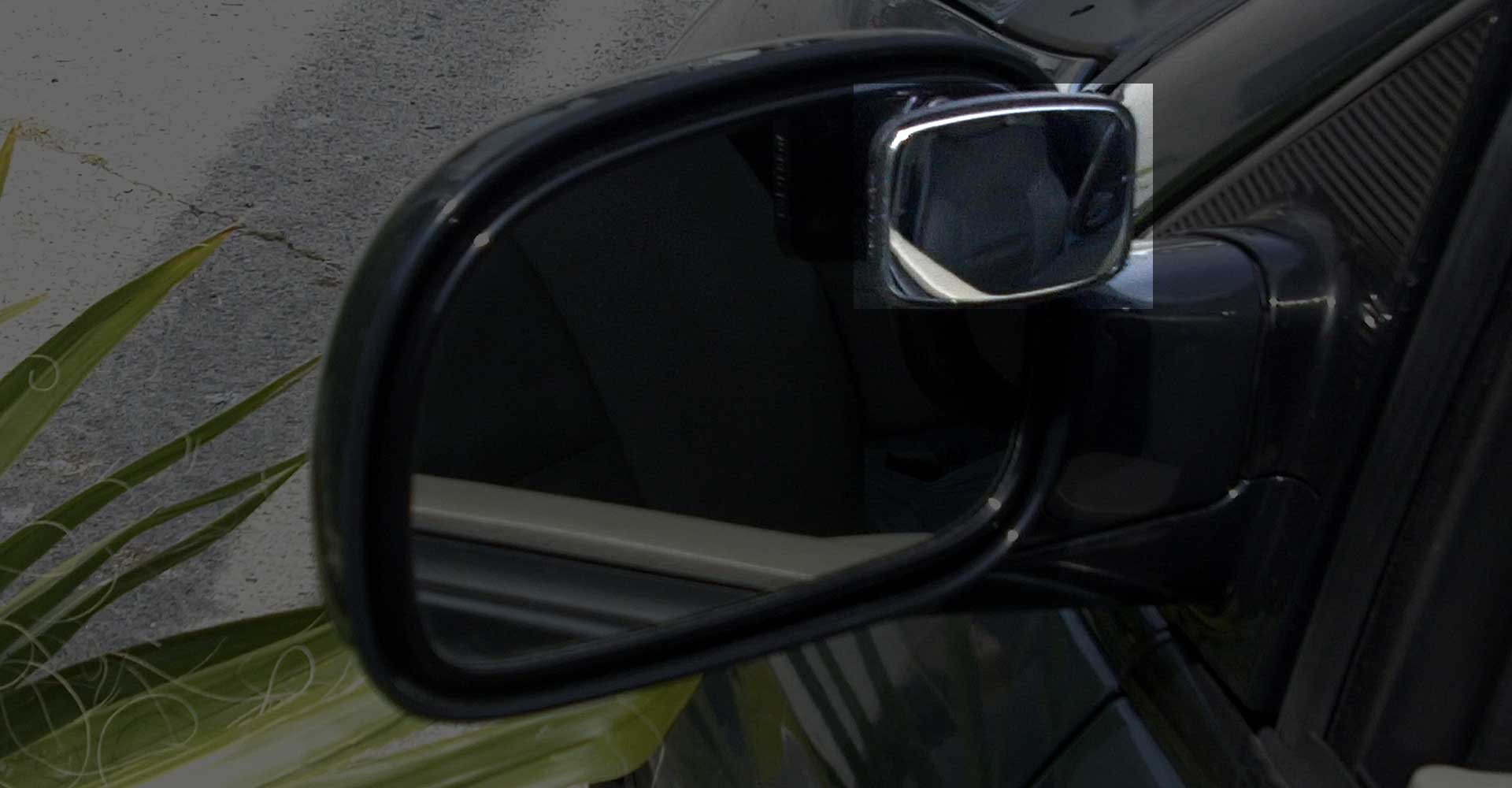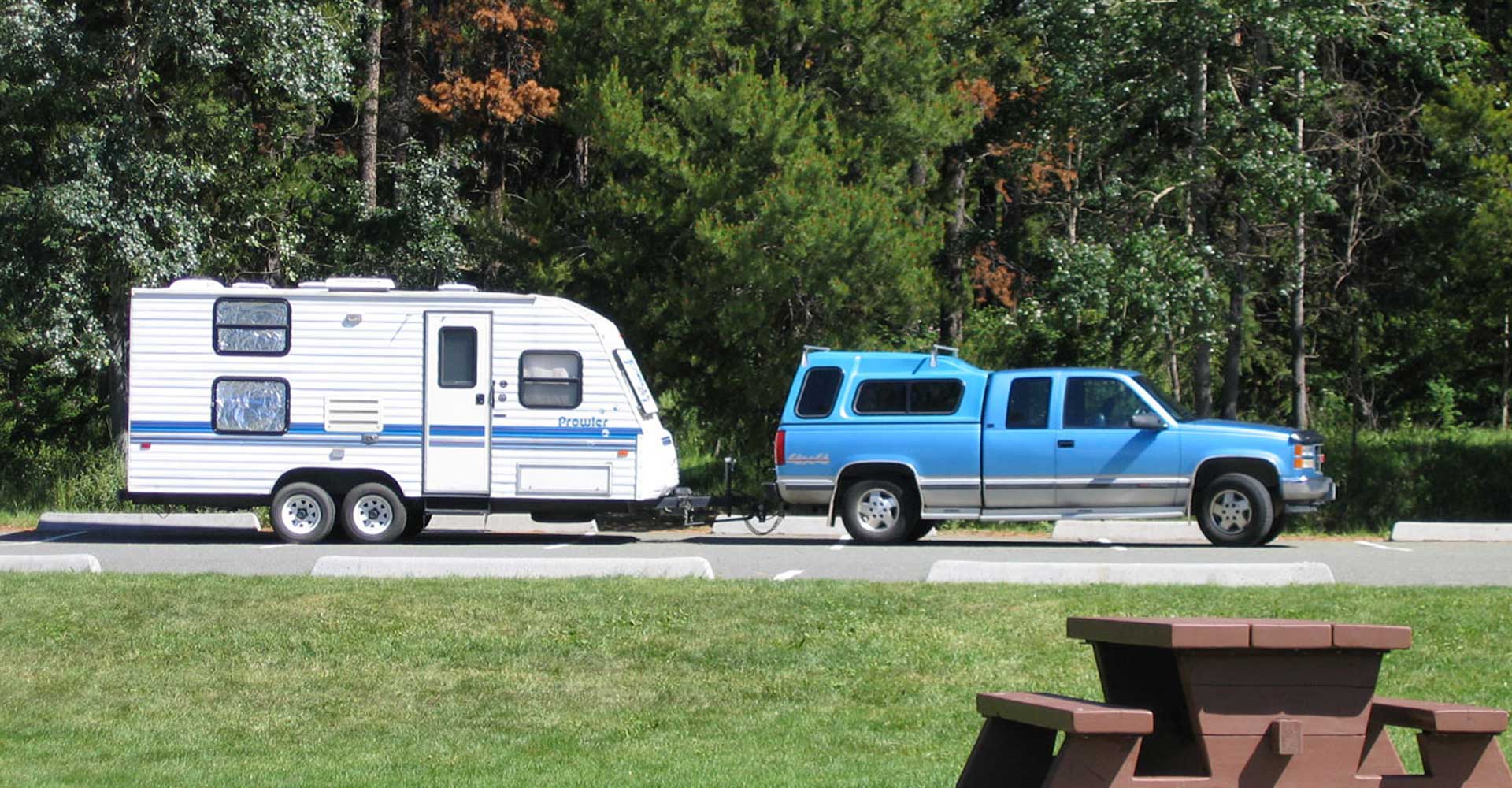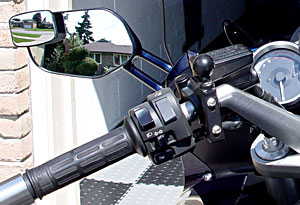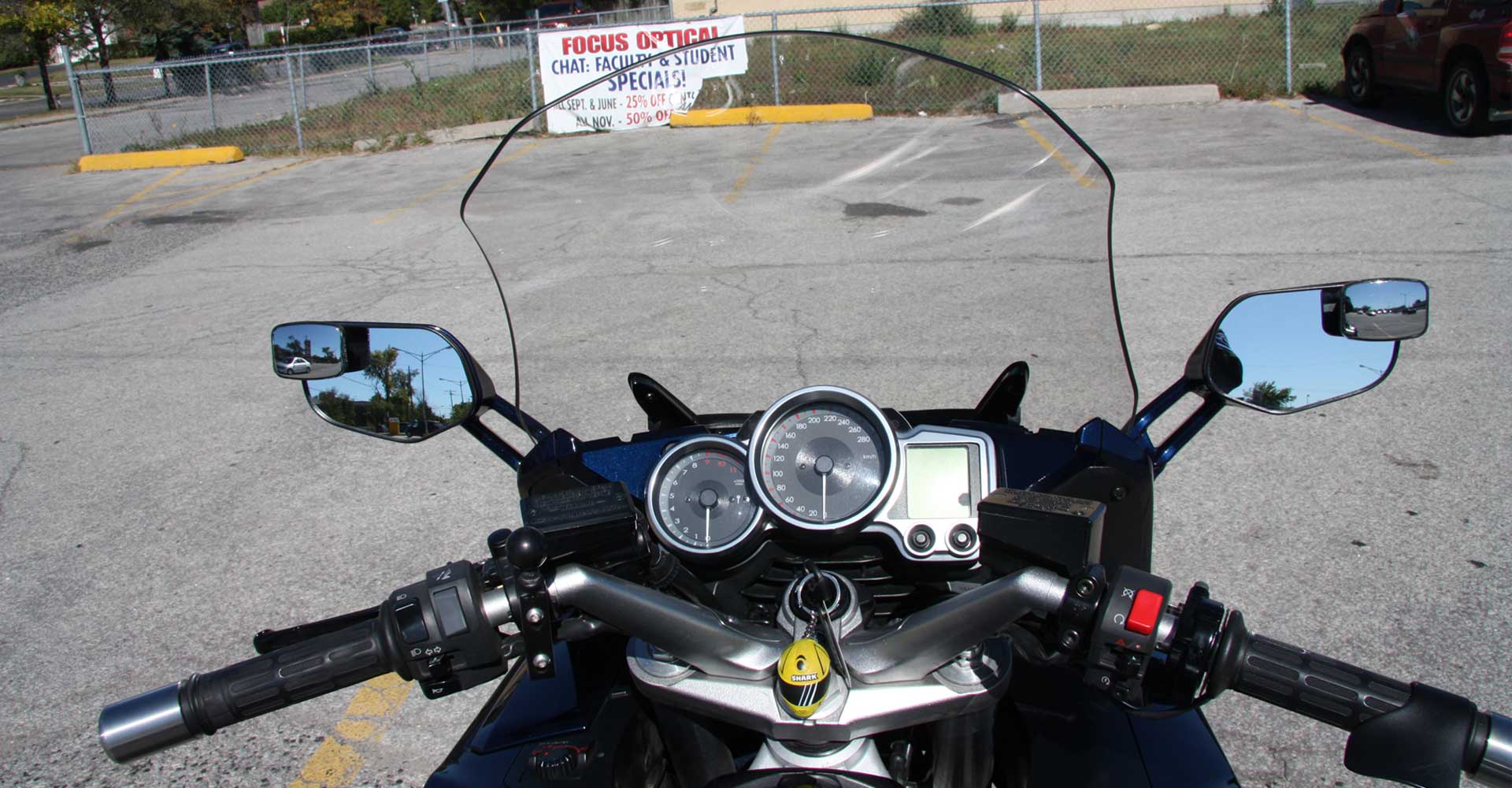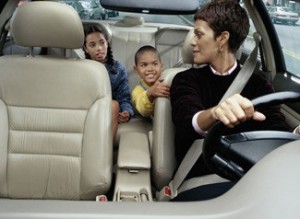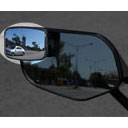
If you are driving a vehicle which is towing something wider than the rear of your vehicle, you are going to need a towing mirror. Otherwise, all you are going to see out of the existing side mirrors is the trailer, caravan or broken down vehicle you are towing.
Most towing mirrors are physical extensions to the side mirrors you already have. So you end up with two mirrors, showing two different views. When towing you will usually be using the second or outside mirror to see what is coming up alongside.
It takes a while to get used to the technique of looking at the outside mirror and interpreting what you are seeing. The mirror is not where you are used to it being and the perspective is different too.
Just to make things more confusing, some companies offer a flat mirror for the off side and a convex mirror for the near side. That is to take account of the fact that you sit on the off side and so have a closer view. Having a curved mirror gives you more coverage, but once again you get a different perspective. It’s as if your eyes were not on the same level-your whole view of the world would be distorted.
Other companies offer a complete replacement side mirror, which can be extended out on a retractable arm when towing. This reduces the confusion of a plethora of mirrors as you only have one on each side of the vehicle as normal. You can adjust the extension to the length you want and the view you are most comfortable with.
Naturally, any towing mirror will have blind spots and these will be different to those hidden from your usual side mirror and again careful adjustments and familiarization will be needed.

